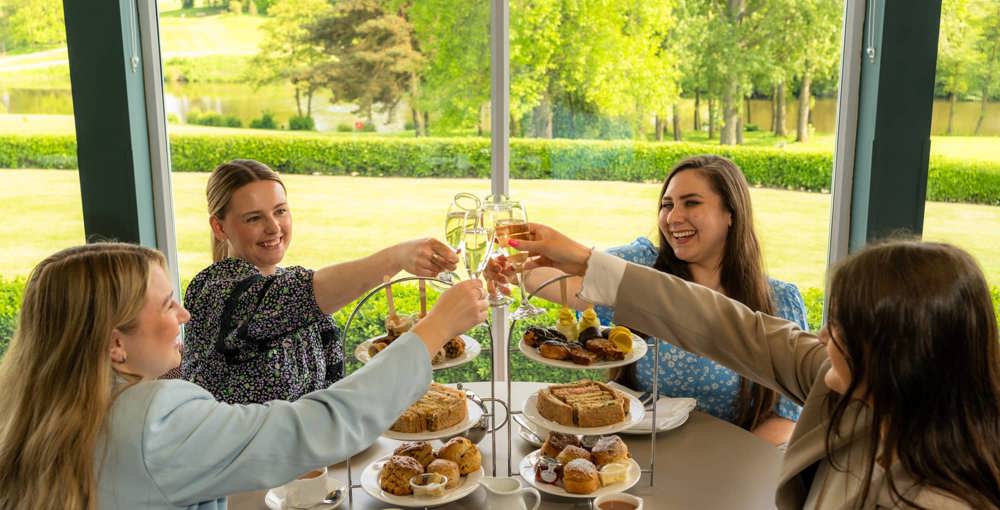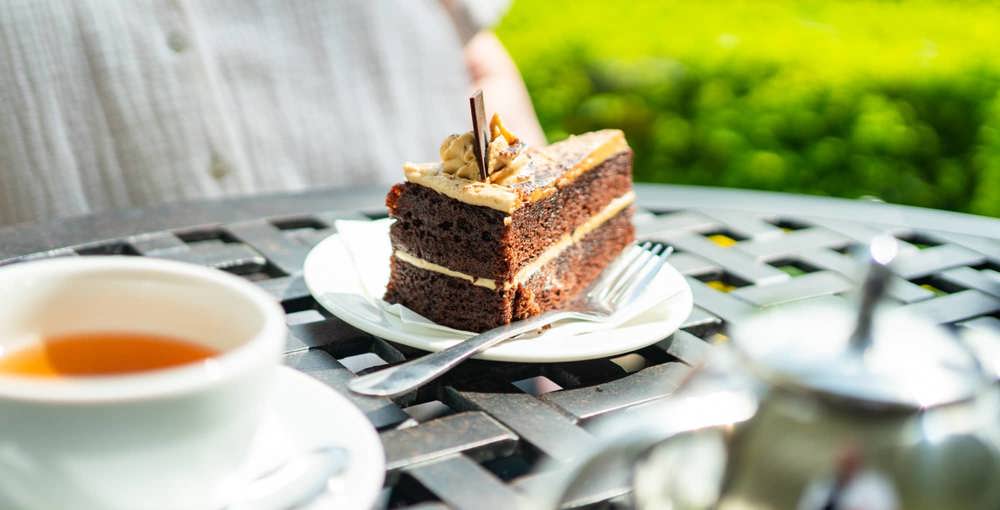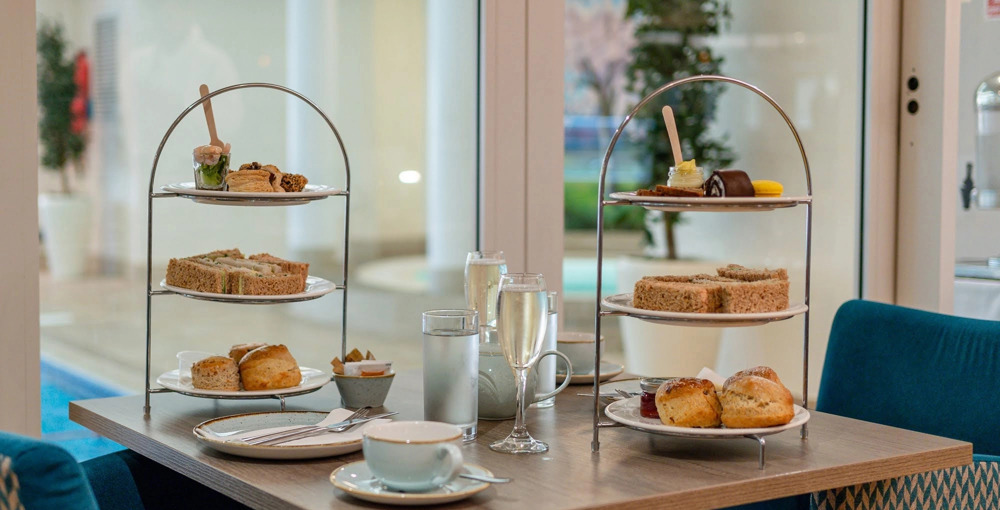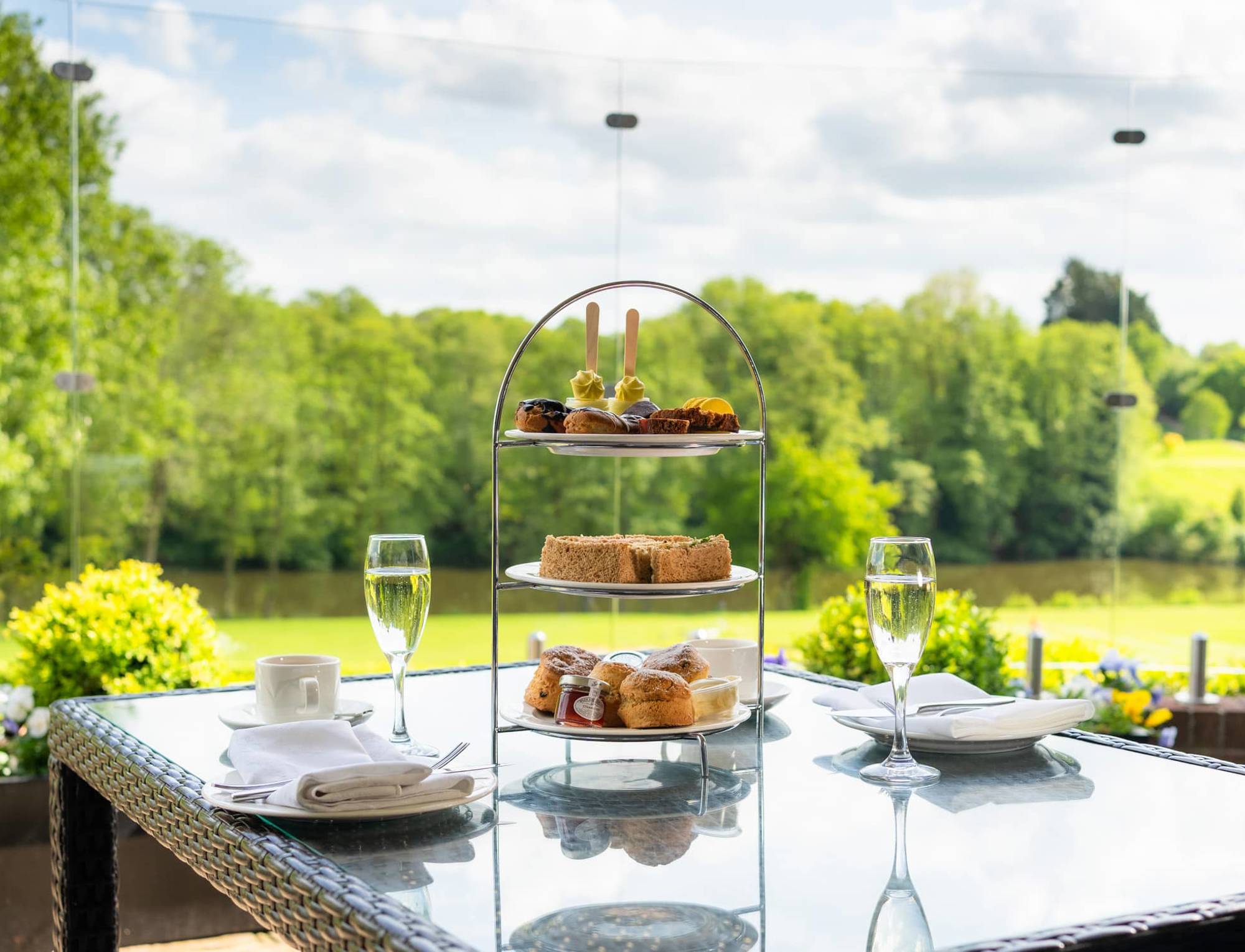7 of the most interesting facts about afternoon tea
Afternoon tea. A Great British past time with an intricate and sometimes surprising history…
Nowadays, afternoon tea is seen as an occasional treat. An event that is booked in hotels and cafes across the country to celebrate birthdays, anniversaries, hen parties, and other special occasions. But in days gone past, afternoon tea was, for many, a daily dining ritual.
From the 19th century onwards, afternoon tea took centre stage as the meal that satisfied the hunger pangs felt between lunch and dinner. When bread and butter (or other such lowly snacks) just couldn’t satiate the appetite of the upper classes, afternoon tea stepped in to keep everyone happy and, most importantly, full.
Despite the familiar menu of our modern iterations, the types of food on offer haven’t stayed the same since they were first introduced. Over the years afternoon tea has evolved, with people and countries influencing flavours, inspiring new creations, and developing new additions to the common combinations.
As with many traditions, myths and misconceptions surround this beloved past time. From how to eat your scones to whether you should lift your pinkie finger from the teacup when drinking, subtle nuances are everywhere.
With this in mind, here are some interesting facts about afternoon tea that you may not already know…

The Origins are a Little Unclear
It’s generally accepted by historians that afternoon tea didn’t truly begin until the 19th century, but it actually did make an appearance far earlier.
It is believed that the King of England’s wife, Catherine of Braganza, was the very first person to introduce afternoon tea to the masses. On her arrival from Portugal in 1662, she brought with her a casket of tea and introduced it to the court along with examples of Portuguese cuisine. From then on, the food and drink became a fad.
Despite this early introduction, it is Anna Maria Russell, the Duchess of Bedford, who gets the real credit for creating the first version of the afternoon tea we know and love.
In the 18th and 19th century, English people were finding themselves going hungry during the long gap between lunch and dinner. This was around the time that Anna Maria Russell came to discover that a light meal of cakes and sandwiches (eaten with a pot of delicious, fresh tea of course!) was an excellent stand-in during that empty time slot in the middle of the afternoon. She soon began to invite her friends along to enjoy it and so the craze became a legend.
Social Class Influenced Enjoyment
Many people may believe that all residents of Great Britain were able to enjoy the same quality and quantity of afternoon tea, but this is far from the case…
Working class labourers were worse off and would only sometimes be able to nibble on a single baked good or sandwich while they drank their tea. The more privileged or upper class you were, the more you could enjoy. For these special few, afternoon tea would always be accompanied by luxury sandwiches with fillings like cucumber, egg and cress, fish paste, smoked ham, and salmon, and a selection of fine cakes and pastries.
Did you know? Scones didn’t make an appearance in afternoon tea until the early 20th century!
High Tea and Afternoon Tea Are Not Created Equally
High tea was originally known as the working-class man’s main meal of the day and included bread, meats and pies. Low tea, however, was the province of the higher classes and was considered a light snack before the main dinner. The ‘high’ and ‘low’ in these terms actually refer to where the tea was taken, either at a low table (for example at a coffee table while lounging on one’s comfortable sofa) or a high dining table.
Afternoon tea was generally served between 2pm and 5pm, the most popular time being 4pm, whereas high tea was eaten between 5pm and 7pm.

And Cream Tea is Something Different All Together!
Cream tea is actually believed to have its origins in 10th-century monk culture. In Tavistock, Devon there are the ruins of Benedictine Abbey. Manuscripts recovered from the location described how monks served bread with clotted cream and strawberry preserves to workers who helped to rebuild the Abbey after a Viking Raid in 997AD.
The sweet and savoury treat became a firm favourite with Devonians and the monks began to pass their recipes on to locals, thereby starting the traditional Devonshire cream tea.
Jam or Cream First? It Depends Where You Are From
It’s a debate that has raged on for decades (if not, centuries!) but whether or not you put jam or cream on your scone first depends less on traditional social etiquette and more on where you are from or where you are having afternoon tea.
In Cornwall, for example, it’s jam first then cream, but Devonians do the opposite!
Along a similar line, controversy abounds over the pronunciation of scone. It can either be pronounced like ‘tone’ or ‘gone’. But neither is right or wrong, it just depends how you were brought up saying the word. (Although some more pedantic experts would argue the correct pronunciation is scone like ‘gone’…)
‘Pinkies Up’ is a Mini Faux Paus
Holding a traditional teacup can be a little tricky, even more so when you’re trying to lift your pinkie finger out to look proper. Afternoon tea fans will be happy to hear that etiquette experts see this as a unnecessarily fiddly and potentially even impolite technique. It is thought that the raised pinkie was started by a noblewoman and, because many watched and mimicked the Royal family, people began to copy this affectation. Nowadays this type of mannerism is considered rather elitist.
The standard correct way to hold a teacup is with one or two fingers of the hand put through the hole of the cup handle. The cup should be balanced with your thumb on top and your other fingers curled underneath.
One thing experts do agree on is that you should never look over the cup while you drink tea!
It’s Not Just the British that Love Afternoon Tea!
When the British settled in Chile in the 1800s they brought with them a cultural love of tea, and this is one ritual that seems to have stuck around in the country ever since.
Called Onces, this Chilean evening brunch usually takes place in the homes of family, friends and neighbours and can range from a simple cup of tea and toasted marraqueta (a traditional Chilean bread) with avocado, cheese, and cold cuts, to deliciously sickly milk caramel, or manjar, and gigantic slices of cake that could easily take the place of dinner. Cafes and restaurants generally serve hungry customers between 5pm and 8pm, but late visitors can take advantage of Onces-comida, which is a combination of tea with leftovers from the night before and cake!
A traditional Chilean afternoon tea spread includes pies and cakes like mil hojas, dulces chilenos, cookies, crepes, with juice, fruit tartlets and even ice cream!

Enjoy Afternoon Tea Your Way
Why not dine with us for a traditional afternoon tea and enjoy it just the way you like it? Whether that’s jam or cream first! Experience serene views of Constable Country indoors, or take in the breathtaking views from our heated and covered outdoor terrace for every season. Treat yourself to an exquisite selection of freshly baked scones, delicate finger sandwiches, and handcrafted pastries, all paired with your choice of premium tea or a glass of bubbly. Gift someone you love with our afternoon tea vouchers, or enjoy a spa day with afternoon tea in our Peake Spa.
FAQs
What is the difference between high tea and afternoon tea?
The difference between afternoon tea and high tea is mainly in the traditional ideals of what and when is served. High tea usually consists of meat and fish dishes, bread, butter, cheese and sometimes pie and cake later in the day, whereas afternoon tea includes tea, finger sandwiches, scones, pastries and cake just after lunch.
What time is afternoon tea served from and to?
We serve afternoon tea Monday to Sunday 12:30pm to 3:30pm.
Do you serve afternoon tea in the spa?
Our spa hotel afternoon tea is available as part of spa and afternoon tea packages in our Simple Spa Day, Essential Spa Break and Relax & Unwind Spa Break. So you can savour a spa treatment and afternoon tea as a couple, with friends or as a solo treat.
Can I change the sandwich fillings?
We offer traditional sandwiches for afternoon tea, but if you have dietary restrictions, please contact us before booking.





